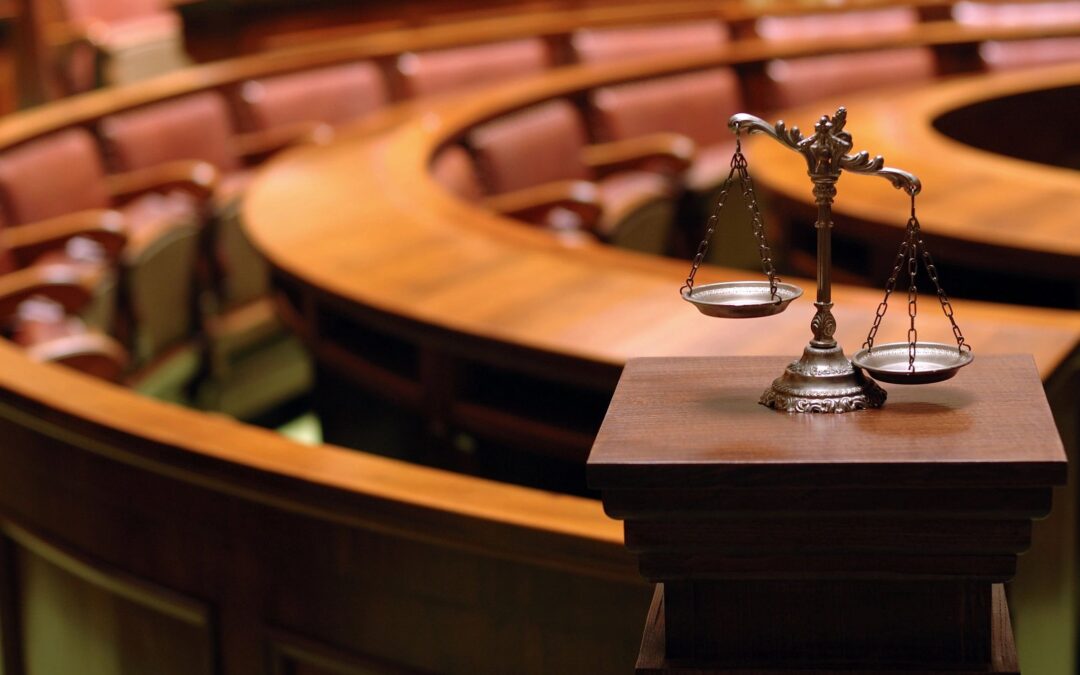By Alexa Grillis,* David Linden, and Dave Maiorana –
On June 2, 2023,the PTAB held the standard enunciated in Astoria Federal Sav. & Loan Ass’n v. Solimino, 501 U.S. 104 (1991) applies to claim preclusion determinations. This was yet another decision in the ongoing battle between VLSI Technology LLC (“VLSI”) and Intel Corporation (“Intel”), holding that a prior district court determination does not implicate claim preclusion with respect to inter partes review (“IPR”) under the America Invents Act (“AIA”). The PTAB denied VLSI’s motion to terminate, rejecting its argument that claim preclusion bars an IPR challenge after a final judgment in district court.
The dispute began in 2019 when VLSI sued Intel for infringement of two of its patents (the ’759 and ’373 patents) in the Western District of Texas. VLSI prevailed in March 2021 when a jury verdict awarded VSLI $2.175 billion in damages. The district court entered final judgment on May 10, 2022, stating that Intel had not proven invalidity of the ’373 patent at issue. In a later parallel IPR, the PTAB held that all of the challenged claims of VLSI’s ’759 patent were unpatentable as obvious, potentially vacating a large portion of the jury award. Patent Quality Assurance, LLC then filed an IPR of the ’373 patent. The PTAB granted Intel’s motion for joinder.
In the most recent decision, the PTAB held that the Astoria standard applies to claim preclusion determinations. The Astoria decision holds that a clear statement by Congress is not necessary to overcome the presumptive application of common-law principles, except in limited circumstances, of which claim preclusion is not one. The PTAB first addressed why the Astoria standard should apply, and rejected VLSI’s arguments. VLSI argued that the Astoria standard only applies to whether an agency decision precludes a later court decision—not vice versa. Further, VLSI argued the PTAB must follow the “usual rule” of preclusion, which requires a plainly stated intention to overcome preclusion by Congress. VLSI contended that allowing the IPR after a final judgment from the district court would be an attack on the infringement verdict.
The PTAB disagreed, holding that the Astoria standard should apply. Intel argued, and the PTAB agreed, that the AIA specifically identifies contexts in which IPRs are barred by parallel district court cases, and common-law claim preclusion is not one of them. The Astoria standard only requires a clear statement of Congressional intent to overcome common-law principles, like claim preclusion, in limited circumstances—constitutional values and overlapping statutes, for example. Because there is no statutory conflict at issue here, the Astoria standard should apply.
After establishing the correct standard, the Board discussed Congress’s intent demonstrated in the AIA estoppel provisions of 35 U.S.C. § 315(e). Section 315(e) applies claim preclusion to petitioners after an IPR final written decision. It expressly imposes claim preclusion in one direction only: from an IPR to any other proceeding. It does not impose claim preclusion from district court litigation to PTO proceedings.
The Board cited many examples supporting its interpretation of Congress’s intent. First, the Board noted that the AIA does not require that district courts stay litigation pending Office review, inherently accepting that parallel proceedings may address overlapping issues regarding invalidity or unpatentability. Furthermore, the PTAB acknowledged the differing burdens of proof in the AIA for IPRs. Unpatentability must be shown by a preponderance of the evidence, rather than clear and convincing evidence required in the district court.
The differing evidentiary burdens in AIA proceedings and district court proceedings “present an inherent possibility of inconsistent results,” further evidencing Congress’s intent to institute one-way claim preclusion. Additionally, Congress included two-way claim preclusion in the predecessor statute, pre-AIA 35 U.S.C § 317. Therefore, if Congress intended claim preclusion to apply both ways here, it would have included it. The Board thus concluded that Congress dictated in the current statute how district court proceedings could otherwise limit the PTO, signaling its intent that claim preclusion should not apply to an IPR in light of a previous district court determination.
Takeaway:
The PTAB may allow IPR challenges of claims where there are, or have been, parallel proceedings in a district court. Even if a final judgment of infringement has been entered, practitioners can still try to challenge the claims via an IPR at the PTAB.
* Alexa is a Summer Associate in Jones Day’s Cleveland Office.
David Maiorana
Latest posts by David Maiorana (see all)
- PTAB Denies Motion for Joinder After Unsuccessful District Court Invalidity Challenge - January 31, 2025
- Imprecise Claim Charts and Improper Incorporation By Reference Result in Institution Denial - November 4, 2024
- Institution Denied for Failure to Show Disclosure in Provisional Application - September 13, 2024

